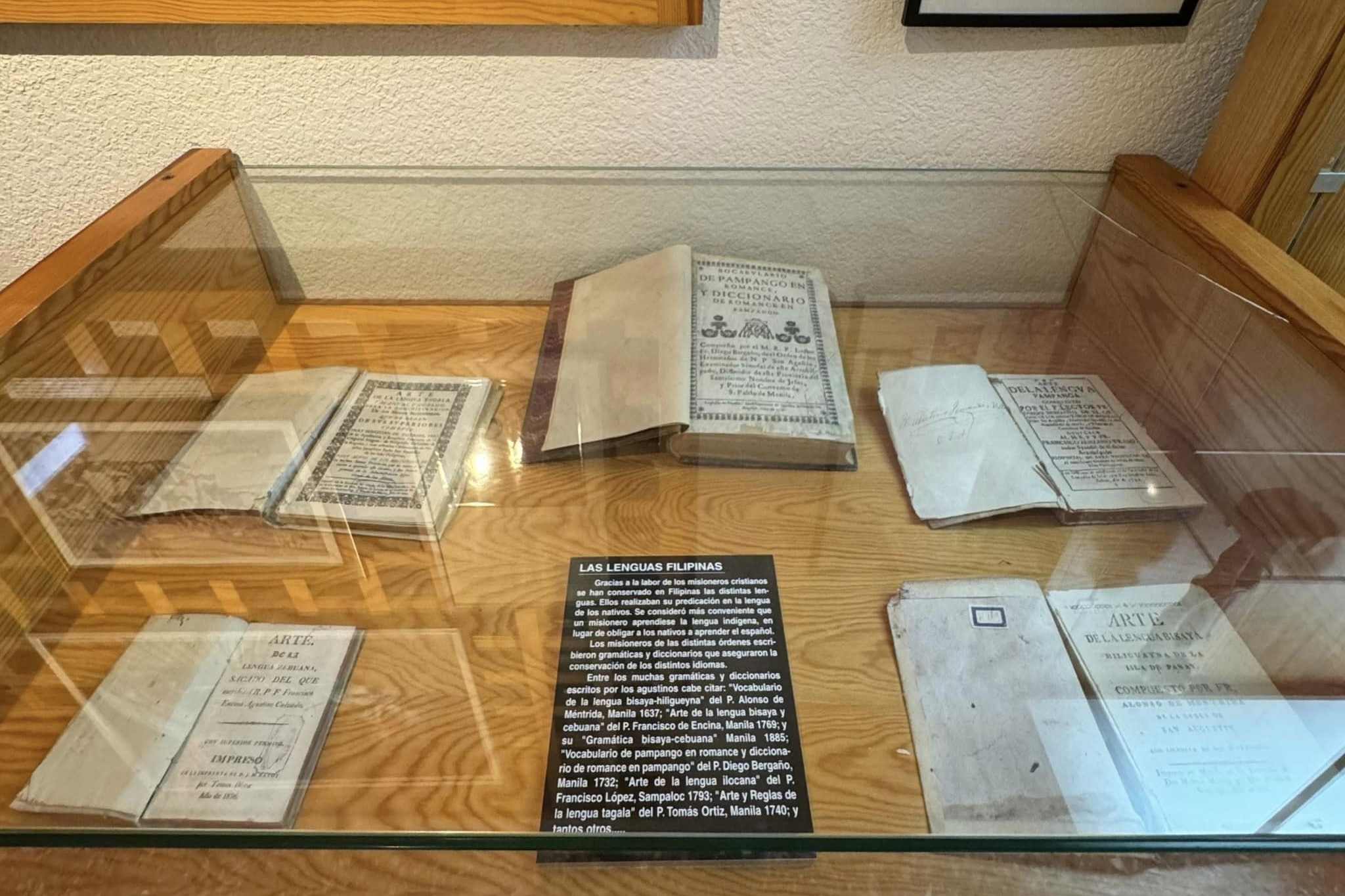Bibliophiles, and everyone who adores antique or drools at anything vintage, here are pieces from the past that are sure to excite you. These pieces are seen to arouse also the interest of linguists, cruciverbalists, and wordsmiths who celebrate “Buwan ng Wikang Pambansa (National Language Month)” every August.
Dictionaries in various languages of the Philippines that date back to the 1600s are displayed in a museum in Spain.
Old dictionaries, vocabulary lists, and grammar guides printed in Philippine languages are kept neatly at the Filipino Section of Museo Oriental located in Paseo Filipinos, City of Valladolid, in the northern half of Spain. Valladolid is the capital of the region of Castilla y León.
The old dictionaries are “Vocabulario de la lengua bisaya-hiligueyna” printed in 1637; “Arte de la lengua bisaya y cebuana" printed in 1769; “Gramática bisaya-cebuana” in 1885; “Vocabulario de pampango en romance y diccionario de romance en pampango" in 1732; “Arte de la lengua ilocana” in 1793; and “Arte y Reglas de la lengua tagala” in 1740.
The books were born through laborious study and compilation, grueling language interpretation and analysis duties, among other herculean tasks of missionaries who learned painstakingly the local lexicon.
The missionaries studied and learned the local languages as one of key tools in evangelization, rather than imposing among natives the necessity to learn Castilian, a dialect of the Spanish language.
The huge and tough work put into the printing of these books is seen as an astounding endeavor in the preservation and conservation of various Philippine languages.
Museo Oriental is managed by the Order of Saint Augustine, the first to reach the Philippines in the 18th century along with conquistador Miguel Lopez de Legazpi, deemed the “first governor of the Captaincy General of the Philippines and founder of the cities of Cebu (1565) and Manila (1571).”
(Info courtesy: Dennis Ian Largo Tanoc)





